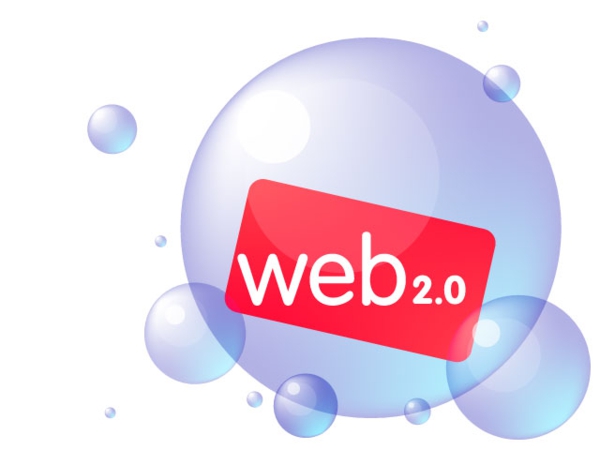The internet has changed the way we market our businesses and share information. Everyone with a website wants to be an authority in her or her field, and the key to having a great website is publishing great content. Unfortunately, we’re not all born writers. The end result is that some people will create awesome content for their websites, after hours of hard work and research, and others will eventually come along and steal that work. If you’re building a website of any kind, you’ll need to have a firm understanding of what you can and can’t do in terms of content creation.
What is Web 2.0?
First of all, Web 2.0 is the term most commonly used to refer to the way that the internet has evolved. The internet used to be a tool used primarily for information and research. Then it became a social networking platform, allowing people to interact. Now, the web seems to be an entity of its own – a major part of everyday life for a large part of the population. Web 2.0, simply put, is drawing people into the web.

Content You Can’t Use
There is a general misconception that if something is published on the web, it is free for public use. This is absolutely NOT true. Everything is copyrighted, unless otherwise clearly stated. You can not go onto another person’s website or blog, cut/paste an article, and publish it on your own website. It doesn’t matter if you give the person credit for his work or not. Unless you have his express permission to use his work, you are stealing. Plain and simple. You may not get caught, which makes you nothing but lucky. If you do get caught, a writer may ask for payment for his content or will ask to have his content removed (most often). If you don’t, the content owner can file complaints with your hosting provider or with Google. If you want to avoid legal action, you’ll apologize for your mistake, remove the content, and move on.
The same rules apply to images you see on the web. Photographers work hard for their money, and while many amateurs mark their images with Creative Commons rights (making them free to use; or sometimes with limitations), others are only displaying their work for your viewing pleasure. You do not have the right to take images you find on websites, or even on Facebook, and use it on your website. There have been many cases where bloggers have scraped images from sites like Flickr without checking the Creative Commons licenses. Some photographers will ask to have their images removed while others will demand payment for use. Don’t think that simply removing the image will solve the problem, either. There are documented cases of blog owners being sued and having to make settlements for the illegal use of images they did not own.
Content You Can Use
There are some forms of content you can use. If you visit some of the many article directories, like Ezine Articles or Articles Dashboard, you’ll find a wide variety of articles that people have published with the intent to have their work distributed. These people are making their work available to you for use, but there are certain guidelines you must follow. In most cases, you must publish the author bio included with the article, which in most cases includes a backlink to the writer’s website.
You can, of course, write your own unique, researched content. If you don’t have the time, your other option is to hire a ghostwriter to create web content on your behalf. You’ll have to pay, of course, but you’ll end up with unique content that was designed for your site and will not duplicate anything else on the web. It’s yours to do with as you please.
Don’t let anyone fool you into believing you can reprint whatever you want online. People work hard to write articles and create awesome graphics and they deserve to be paid for their time and hard work. Reprinting what is not yours – online or off, credited or not – is stealing. Be clear on the licenses for anything you don’t create yourself and you’ll avoid heaps of trouble down the road.
About the Author: Fidel Hutnak loves to use social media monitoring tools to track his Facebook and Twitter statistcis and successes. He is very careful about sharing information and always creates his own graphics and text!

